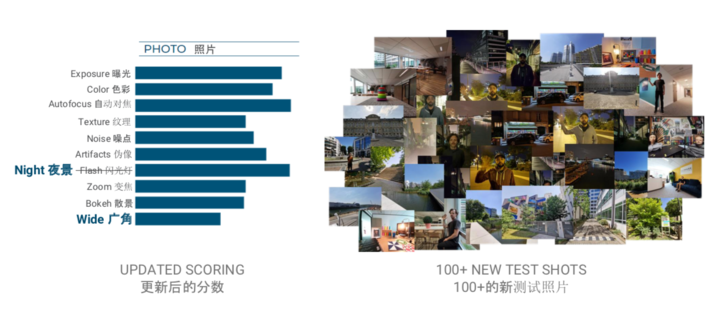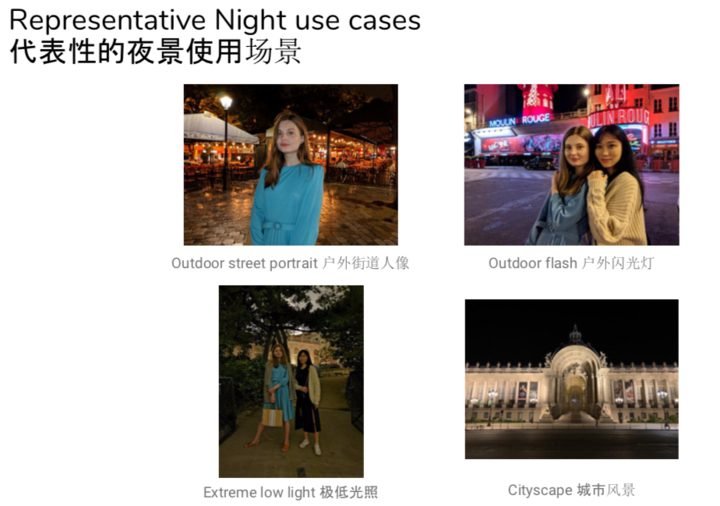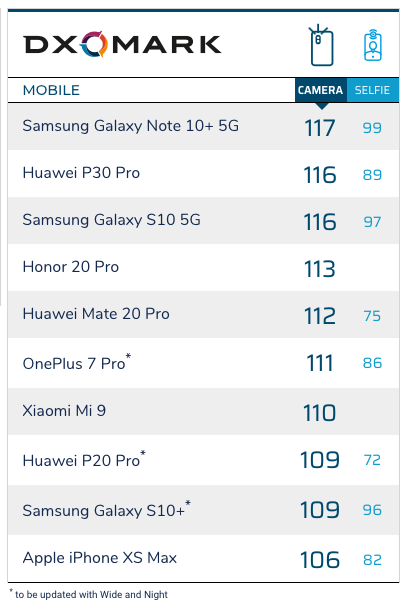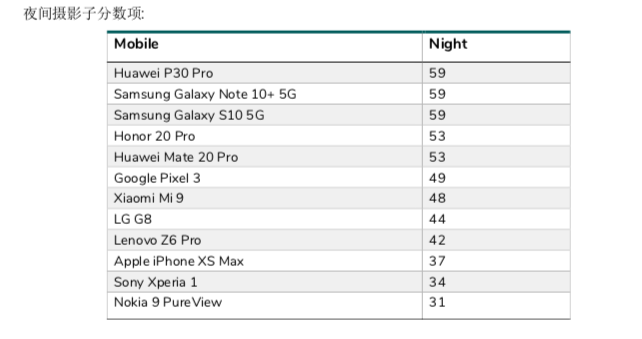When the phone is photographed, who is it? In addition to watching professional media like Love Fan, people hope to have a comprehensive scoreboard to reflect the level of mainstream mobile phone photography. In the past, the most credible list of mobile phone photos was called DXOMARK Mobile.
But with the rapid development of mobile phone photos, and the frequent rumors that manufacturers like to post at the press conference, and DXOMARK has not joined some mainstream test projects, DXOMARK has gradually reduced its credibility in recent months.
Change is imperative.

On the evening of September 18, DXOMARK announced changes to the current benchmark for mobile phone cameras. The core content is the addition of two new test sub-items, the Super Wide Angle Test and the Night Scene Test. It is worth noting that the Night Scene Test sub-item replaces the flash sub-test that has been known as the Brush Sub-item (the flash test is incorporated into this), while the Super Wide-Angle Test is a completely new addition.
In addition, the entire benchmark is no longer called DXOMARK Mobile, but becomes DXOAMRK CAMERA, and no longer emphasizes “mobile” and “mobile”.
At present, DXOMARK CAMERA still contains two photos (Photo) and video (Video).Classification, and there are still different sub-test classifications under these two categories.

The test subsections in the current photo section include: Exposure, Color, Autofocus, Texture, Noise, Artifacts, Night Photography, Zoom, Bokeh, Wide Angle.
The new photos of the wide-angle and night-view sub-items are not perfunctory tests, but rather strict. For example, the wide-angle sub-item DXRMARK will be tested from the most common scenes in super wide-angle lenses such as landscapes, urban landscapes, collective photos, architecture, interior design, and close-ups.

Night scenes are evaluated from night cityscapes, outdoor low-light portraits, and outdoor flashlights, extreme low light, extreme low-light urban landscapes, and outdoor lighting without background lighting. Specific to the actual photo, there will be more different evaluations that lead to different issues.
Which models perform better under the new benchmark?
The next list of rankings and ratings will be re-rated due to changes in the two sub-items. The previous list data can be said to be basically only applicable to single-shot and double-shot situations. In the current situation where three-shots and four-shots are almost universal, the reference value has been greatly reduced.
The current DXOMARK has also released a portion of the scores based on the new benchmark. Both the total score and the sub-item scores have some changes.

▲ Models marked with “*” are not retested
According to the new ranking, the Samsung Galaxy Note10+ 5G version still topped the new benchmark with a total score of 117 points, compared to 113 points for the previous benchmark. However, the second and third names have changed. The second place is Huawei’s P30 Pro with 112 points and the third place is Samsung’s Gal.Axy S10 5G, the same as 112 points.
Now two or three people have changed positions. The new Galaxy S10 5G and Huawei P30 Pro both increased to 116 points, but the scores may be different, resulting in changes in rankings. In fact, these phones have more comprehensive support on multiple cameras, and the quality is higher, the overall score is still very tight.
After removing the retest, the fourth to tenth are: Glory 20 Pro, Mate20 Pro, Xiaomi 9, iPhone XS Max, Pixel 3, LG G8, Lenovo Z6 Pro.
Maybe you found out that the first list is not comprehensive now. Some mobile phones have not been retested. For example, the previous one-ranked 7 Plus Pro has fallen behind, I believe it will continue to be carried out later. Update.

The scores of the two new sub-projects are also released this time. Who is strong at night? DXOMARK will tell you that it is Huawei P30 Pro, the sub-item scores 59 points, while the Note10+ 5G and S10 5G scores 59 points at night, but the score is not as good as the P30 Pro.
The wide-angle score opened the gap. Samsung’s two flagships were clearly on the super wide-angle end, and the scores were 42 points and 40 points, and the third place was 38 points by Sony Xperia 1. Take over. What is surprising is that the fourth-place Lenovo Z6 Pro has a good performance in the ultra-wide-angle test, while the Huawei P30 Pro score dropped to 34 points, which is equivalent to last year’s Mate20 Pro.